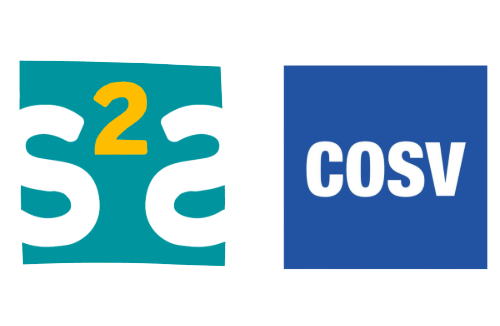In response to the pressing need to provide economically disadvantaged and socially excluded populations with access to market-based solutions, social entrepreneurship has been expanding worldwide. Entrepreneurs’ desire to make a difference in the world motivates them to create social enterprises with a mission to reduce economic, environmental, and social inequities. Despite the fact that social entrepreneurship is an integral part of any changes or new policies, there is currently lack of formal and legal recognition for the social entrepreneurship sector in Lebanon.
This policy paper delves into the legal framework that allows for the collaboration of several types of entities, mainly the collaborative models that were incubated under the EU-funded Social Justice Incubation Programme (SJIP) of the SEE Change project.
The collaboration between different governing bodies like NGOs and municipalities, public vocational schools, SMEs, and so on has been piloted under the programme, yet the legal structure of the collaboration remains vague and ambiguous in practice, due to several legal barriers and outdated legislations that hinder the operations of the collaborating entities in organising the operations under a clear legal structure.
For these reasons, the legal analysis in this policy paper focuses on understanding the existing laws, and the channels of collaboration between different entities, as well as the type of joint-ventures that can be formed between the public and private sectors. The paper provides an in-depth analysis of the collaborations between NGOs, the private and the public sectors, and it identifies key legislative factors affecting the duration of the relationships between entities. It should be noted that the programme incubated 21 new collaborative models, only three cases were considered in this paper, during the last few months of the incubation period, depending on their maturity and on the stage of their activities and their diversified structures.



